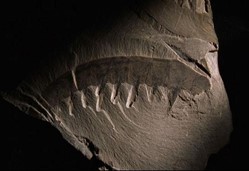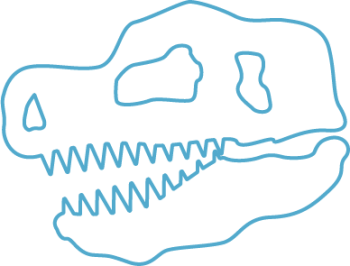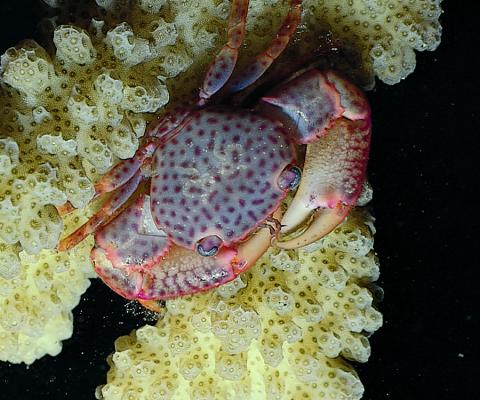Scientists have found evidence of a complex brain in a fossil arthropod that’s estimated to be 520 million years old. This extinct crustacean’s brain supports some scientists’ hypothesis that once a basic brain evolved, it changed little.
In 2021 scientists found a fossilized brain of a horseshoe crab showing that the brains have not changed much in 300 million years. A crab found in amber "tells us that crabs have conquered land and freshwater more than 12 times independently!"
A giant shrimp called Anomalocaris is one of the most well-known of the fossils from the Cambrian. Read our Featured Creature about the ancient animal.
Trilobites once were the dominant species in the marine environment. They ranged in size from a quarter inch to dinner plate size and had complex behaviors. The number of trilobites decreased in the end of the Paleozoic and vanished in the end-Permian extinction. As predators evolved, so did the complexity of trilobite defenses and their eyes. Scientists found a fossil trilobite with tiny eyes inside its eyes.






















